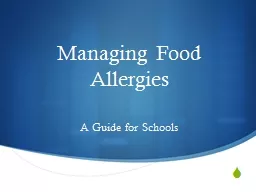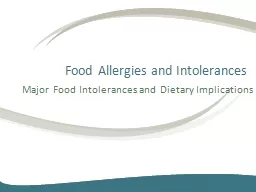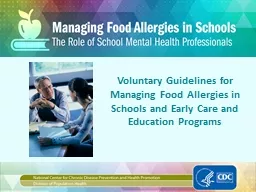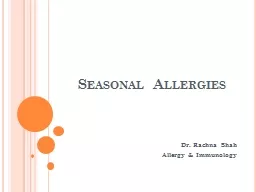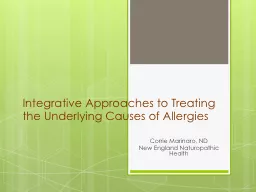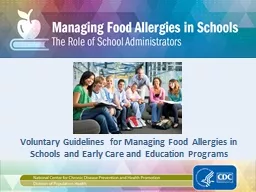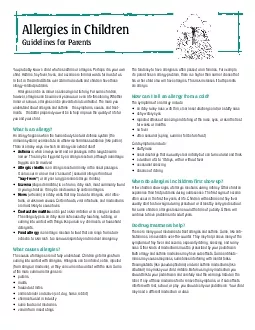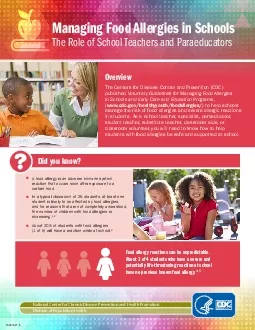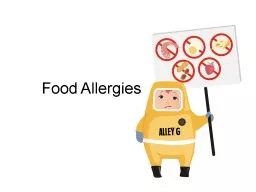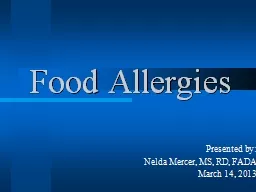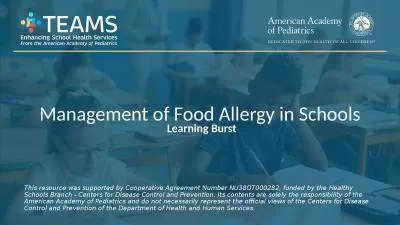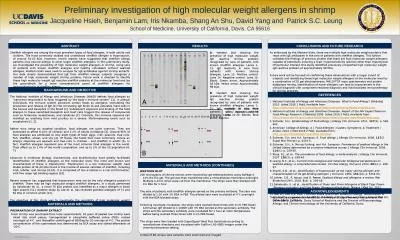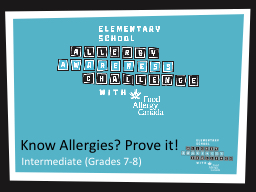PPT-Managing Food Allergies
Author : yoshiko-marsland | Published Date : 2018-01-17
A Guide for Schools Food Allergies are Serious 3550 of allergic reactions that progress to anaphylaxis are the result of food allergens 60 of those cases
Presentation Embed Code
Download Presentation
Download Presentation The PPT/PDF document "Managing Food Allergies" is the property of its rightful owner. Permission is granted to download and print the materials on this website for personal, non-commercial use only, and to display it on your personal computer provided you do not modify the materials and that you retain all copyright notices contained in the materials. By downloading content from our website, you accept the terms of this agreement.
Managing Food Allergies: Transcript
Download Rules Of Document
"Managing Food Allergies"The content belongs to its owner. You may download and print it for personal use, without modification, and keep all copyright notices. By downloading, you agree to these terms.
Related Documents

